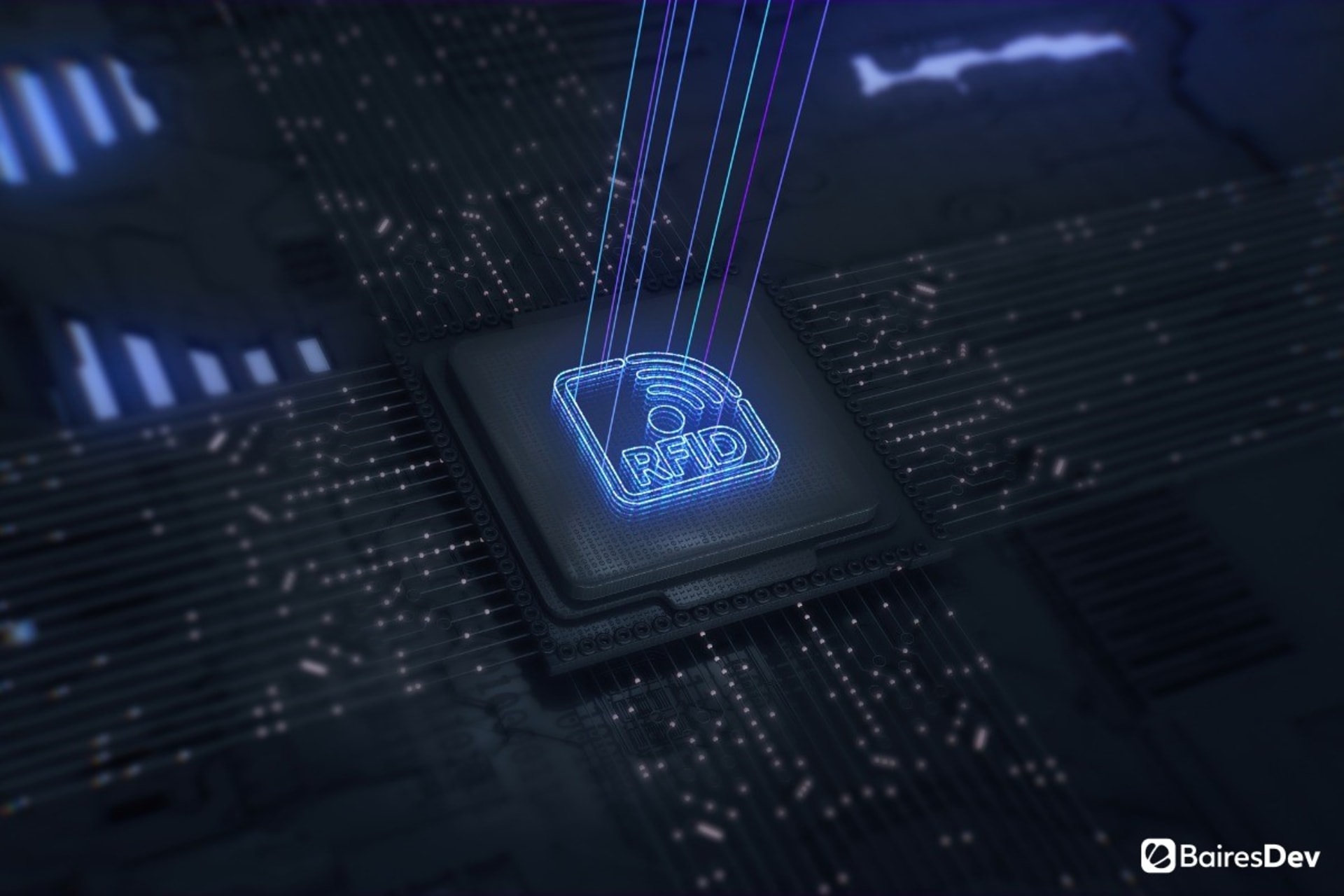“I don’t think we’ve yet hired an employee who knew Python,” said Steve Huffman, the CEO and co-founder of Reddit. “I just say, ‘Everything you write needs to be in Python.’ Just so I can read it. And it’s awesome because I can see from across the room, looking at their screen, whether their code is good or bad. Because good Python code has a very obvious structure.”
Originally coded in Lisp, Reddit switched over to Python just a short six months after it first launched in 2005. And it’s only one of a huge number of companies that embrace the enormously popular language.
Python tied for first among Stack Overflow’s “most wanted” technologies for 2024. It also ranks highly as one of the most popular languages and technology tools. As of May 2024, it is no. 1 in the TIOBE Index, a ranking it held in 2023 as well.
Python has gained enormous popularity since its creation and release more than three decades ago. In 2025, what’s the market for the language? Who’s using it? And why is it still relevant today? Let’s take a look at why Python is such an important language to know.
Who Is Using Python?
Tech giants, startups, government agencies, financial companies, and many other organizations across fields and industries turn to Python. In 2025, some of the top companies in the world have the language in their stacks — many have been leveraging it for years and years. Some major companies’ most iconic products are even written in Python.
In addition to Reddit, these companies are all using Python:
- Amazon
- Dropbox
- IBM
- Industrial Light and Magic
- JP Morgan Chase
- Lyft
- NASA
- Netflix
- PayPal
- Pixar
- Quora
- Shopify
- Spotify
- Stripe
- Uber
These are only a few examples of the many companies, large and small, that are using Python around the world. Given the enormous community of developers and tech professionals surrounding Python, it’s safe to say people across industries and fields are using the language for both professional and recreational purposes.
Python in a Nutshell
There are hundreds of programming languages to choose from these days. But Python stands apart from the masses.
The high-level, user-friendly, general-purpose, object-oriented, interpreted language is largely used for back-end or server-side development, although it can be applied to front-end development as well. One of its main advantages is that it enables dynamic typing. It also incorporates garbage collection, which means it automatically manages memory. Plus, it’s open-source and free to use and distribute, leading to low-cost development as well.
But perhaps its most important feature is its readability. This quality is woven into Python’s design and makes the language syntactically simple and intuitive to understand and use. Additionally, it makes great use of whitespace, further contributing to its readability.
Python is relatively easy to grasp and write. It comes with extensive libraries and frameworks, further facilitating a straightforward development process.
What’s It Used for?
Python has numerous uses. These are the most important to mention.
Web Development
Most commonly, Python is applied to web application development, particularly when you want the process to move quickly. Frameworks like Django speed development along.
Data Science
Python is also a player in the data science world. Professionals in the field take advantage of the language’s ability to facilitate complex calculations and mine, processes, and build visualizations, thanks to features like its simplicity and straightforward syntax. Data scientists and analysts often leverage Python in their work because of these qualities.
Machine Learning
As machine learning, a subfield of artificial intelligence, gains traction, Python is on the rise among developers in this field, too. In fact, the vast majority of machine learning developers and specialists use the language, which helps them achieve goals like product personalization and gaining a greater understanding of consumer habits and behaviors through crafting algorithms. Think Netflix and Amazon’s personalized recommendations, for example.
And the Rest
Less commonly, developers use Python in areas like mobile application and game development.
What’s Different About Python 3.10?
On October 4, 2021, Python 3.10.0 was released. The new version offers a number of features and optimizations compared with the 3.9 release. According to the Python website, they include syntax features, library features, interpreter improvements, and typing features, along with some additional removals and restrictions.
Python version 3.10.4 is the current stable release, the fourth maintenance release of Python 3.10, published on March 24, 2024. Among other additions and improvements, this version offers precise line numbers for debugging and other tools, explicit type aliases, parameter specification variables, and much more.
The Future of Python
Python is often in the news, and with good reason. It’s often one of the first programming languages newbie developers learn, thanks to its many qualities, including simplicity and easy learning curve, along with its wide applicability and speed.
There are always rumors about programming languages, once beloved, losing appeal, but it is fairly certain that Python isn’t going anywhere anytime soon. It has already persisted for several decades, and in that time, it has only grown in popularity, becoming a fixture at top companies around the world.
We see how machine learning and data science are growing and gaining traction, and Python plays a critical role in these disciplines. It will very likely remain the go-to language for these important areas of concentration, helping developers automate, scale, and improve products.
While it is impossible to declare Python completely future-proof, it’s safe to safe that the language has longevity and persistence in the modern landscape — and it’s a tool your business should certainly have in its stacks for years, and possibly even decades, ahead.
If you enjoyed this article, check out one of our other Python articles.







